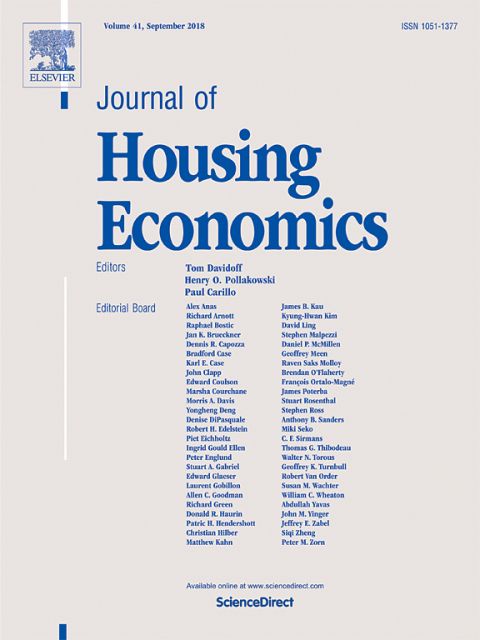Publication
Neighbors and networks: The role of social interactions on the residential choices of housing choice voucher holders

This study considers the role of information and social influence in determining the effective set of potential housing choices for participants in the Housing Choice Voucher Program.
Previous research shows that recipients of voucher assistance are often concentrated in economically disadvantaged neighborhoods. While landlord discrimination and the availability of units affordable under the voucher payment standard play a role in these outcomes, this study examined whether social networks and influence contributed as well.
To determine this, the study compared moves between pairs of voucher participants living in the same or adjacent buildings with pairs living further apart, but still within the same neighborhood. Findings show that close neighbors were 40% more likely to move to the same neighborhood than those that lived more than 1,000 feet apart, and that the neighborhoods selected by close neighbors tended to have higher poverty rates, lower levels of labor market engagement, and higher exposure to environmental hazards. These findings were magnified in tighter rental markets, and in highly segregated cities.
These findings suggest that social influence is a factor in shaping the housing choices of voucher participants. Providing more information and guidance to voucher recipients regarding the array of neighborhoods affordable to them, and thereby improving the housing search information embedded in their social network, could broaden their choice set of destination neighborhoods and lessen their exposure to neighborhood poverty.


